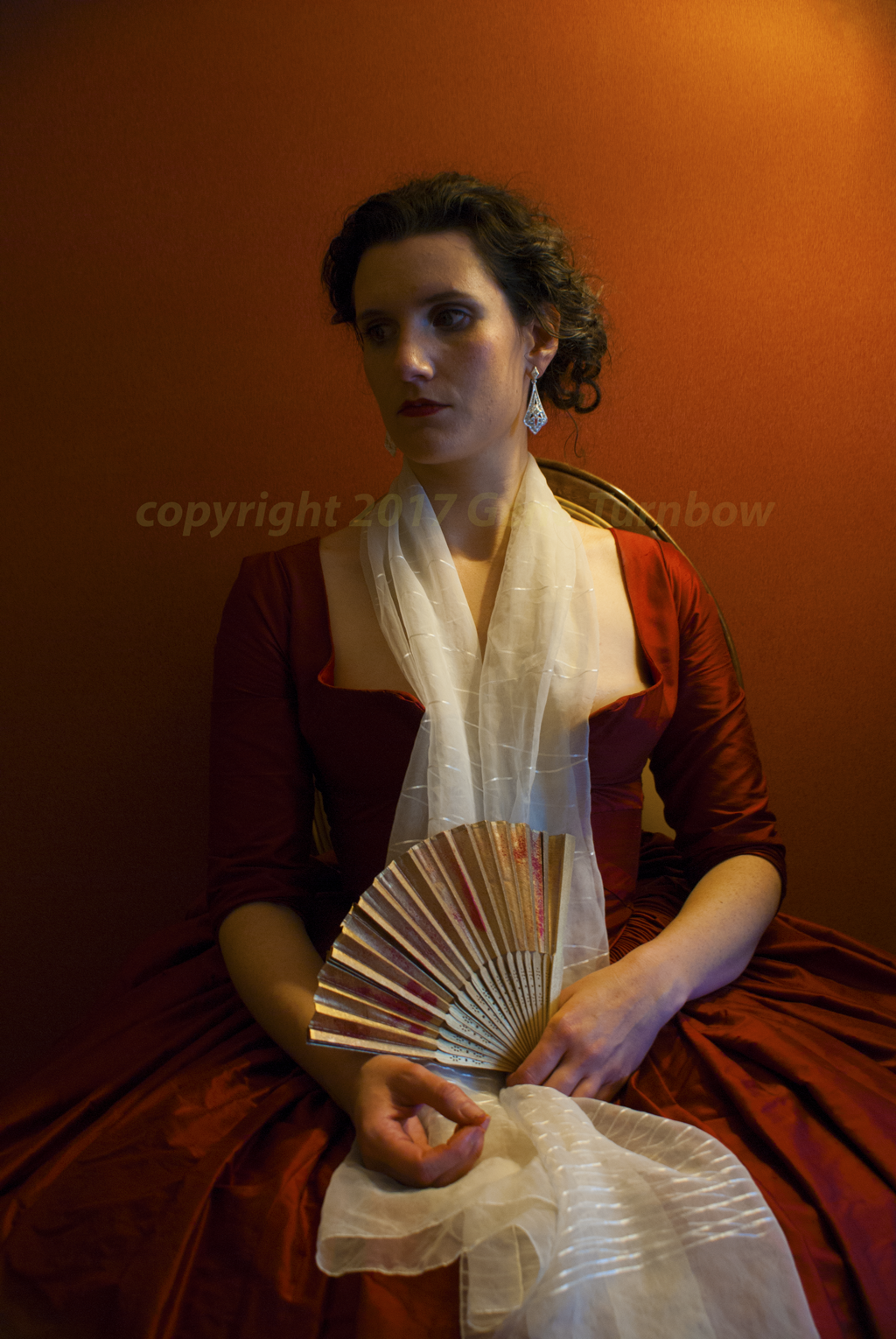Yes, Virginia, there is a difference between taking snapshots and taking photographs.
Here is what that difference is:
A snapshot is something you take on the spur of the moment. It’s meant to capture an event, or a memory, to remind you of what it was like being there at that moment. It’s usually unplanned, and usually not designed.
A photograph, however, is an expression of photography as an art form. Every factor is taken into account by the photographer: the lighting, the mood, the color balance, the composition, the thematic elements, the story the photograph tells.
This is a snapshot. I took it spur of the moment with almost no planning. It’s a fun subject, but other than that it’s nothing special.

Two fellows I met at a Dr. Who convention in 2015 who happen to look like Roger Delgado and Tom Baker.

And this is a photograph. This was a very different endeavor. This one was taken at Gallifrey One over the weekend, and this tableau presented itself in the convention’s hospitality suite. The lighting, the wall, and the young lady all just happened to be exactly right for this photo.
 The subject was seated beneath a single light source that produced some fantastic surface modeling on her hair, her face, the dress, the subsurface scattering in her skin and the scarf, and created a dramatic chiaroscuro effect. The point source lighting beautifully modeled the geometry of her face, shoulder and hands, and the eye is led in sweeping arcs from one to the next. The subject has texture, from the delicate white scarf to her red satin dress, to the soft mute of the wall behind her, to the glowing human warmth of her skin. Light and dark dance together to create a sense of substance and presence, and it almost looks more like a clever painting than a photograph because of the color palette rich in that one specific color of red.
The subject was seated beneath a single light source that produced some fantastic surface modeling on her hair, her face, the dress, the subsurface scattering in her skin and the scarf, and created a dramatic chiaroscuro effect. The point source lighting beautifully modeled the geometry of her face, shoulder and hands, and the eye is led in sweeping arcs from one to the next. The subject has texture, from the delicate white scarf to her red satin dress, to the soft mute of the wall behind her, to the glowing human warmth of her skin. Light and dark dance together to create a sense of substance and presence, and it almost looks more like a clever painting than a photograph because of the color palette rich in that one specific color of red.
This is photography as art. This is a photograph.
 I’ve seen paintings by Degas and Rembrandt that used this technique to great effect, so when I saw this happening before my eyes, I had to have the picture.
I’ve seen paintings by Degas and Rembrandt that used this technique to great effect, so when I saw this happening before my eyes, I had to have the picture. By the way, no, unless you’re the subject Brenna Koneval, you can’t have a copy. I don’t have a contract with Brenna to sell her likeness, so that means you can’t use it either. That’s why this photo has a watermark on it in a place that it would be very difficult to remove.
Photographers live for moments like these. Keep your eyes open. What makes it art is constructing the image in your head, knowing exactly what each part of the image is for and how it works, and then getting the camera, setting and subject to do precisely that thing.
I got totally lucky. I didn’t design this shot – it just happened in front of me, and I had eyes enough to see it in its moment of perfection, and ask the subject if I could take a photograph. She agreed, and this is the result, unretouched, unfiltered, unprocessed and unplanned – but seen with a photographer’s eye, and captured by intent.
I had posted the latter image on Facebook asking for help on the possibility of starting a side career in photography. What I got was this comment: “I’ve seen nothing in the other snapshots you’ve posted online to suggest that you have what it takes. This image is has a great subject and composition – but it’s poorly lit.”
So I looked at the photos this guy had posted himself. Every single one was a snapshot, lit brightly and colorfully, without a single thought given to lighting other than getting a good exposure. He had apparently never taken a photograph where artistic expression was the goal.
Like this one. Shot the same day, by myself, at the same SF convention in 2014. This is Michael J. Galloway, known as “Scratch” in LASFS circles (that stands for “Los Angeles Science Fantasy Society”), shot in natural light.

And that’s the difference between a snapshot and a photograph. And, specifically, why the self-styled critic on Facebook was full of baloney.
-30-


Recent Comments